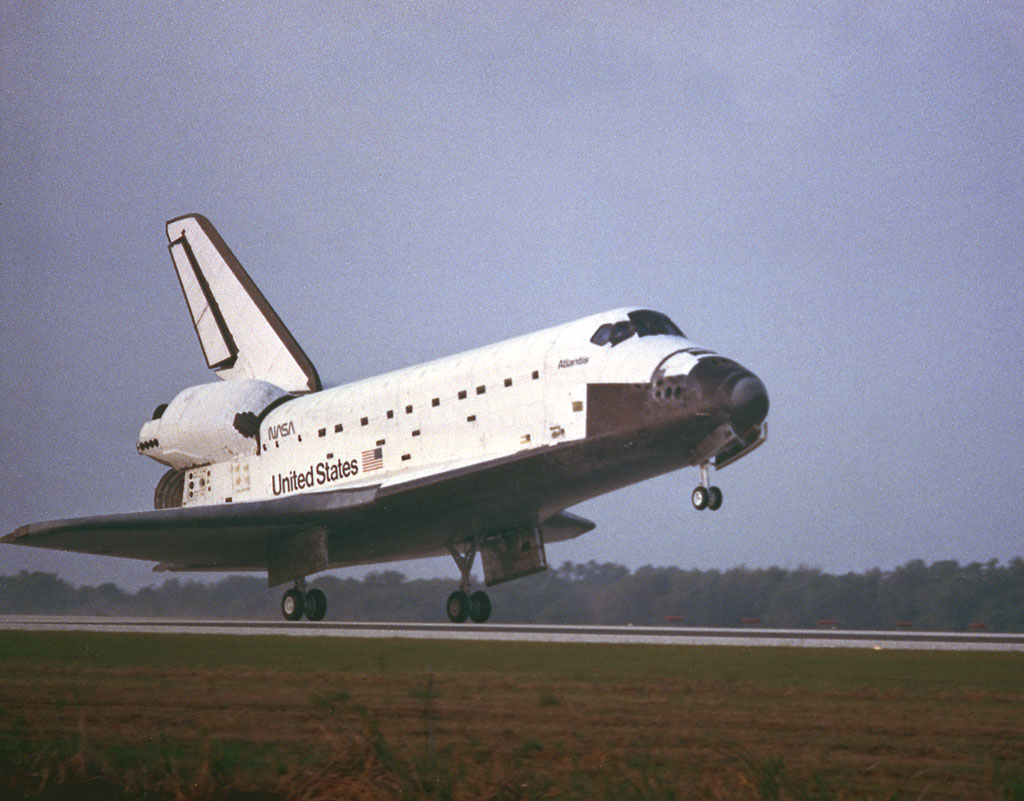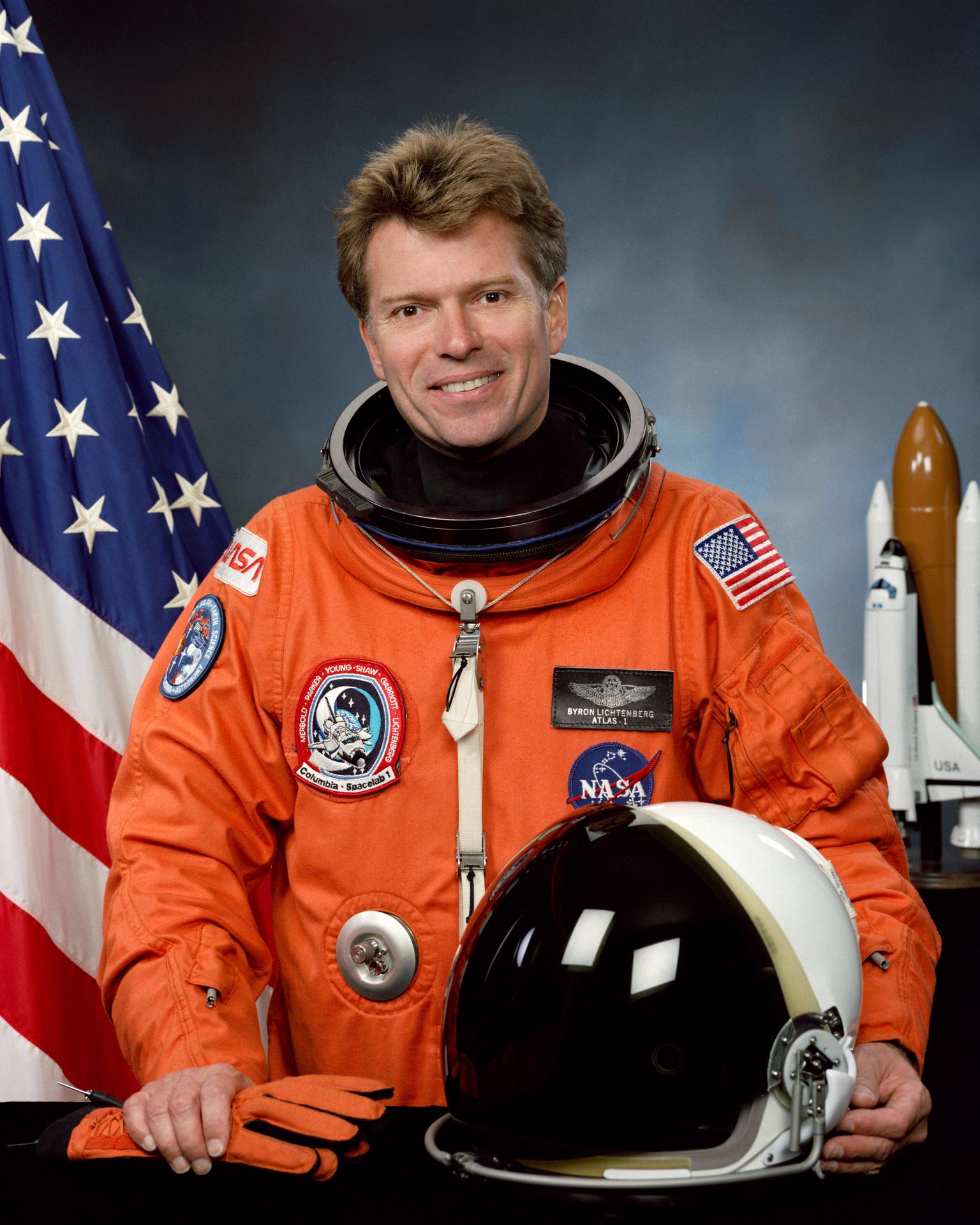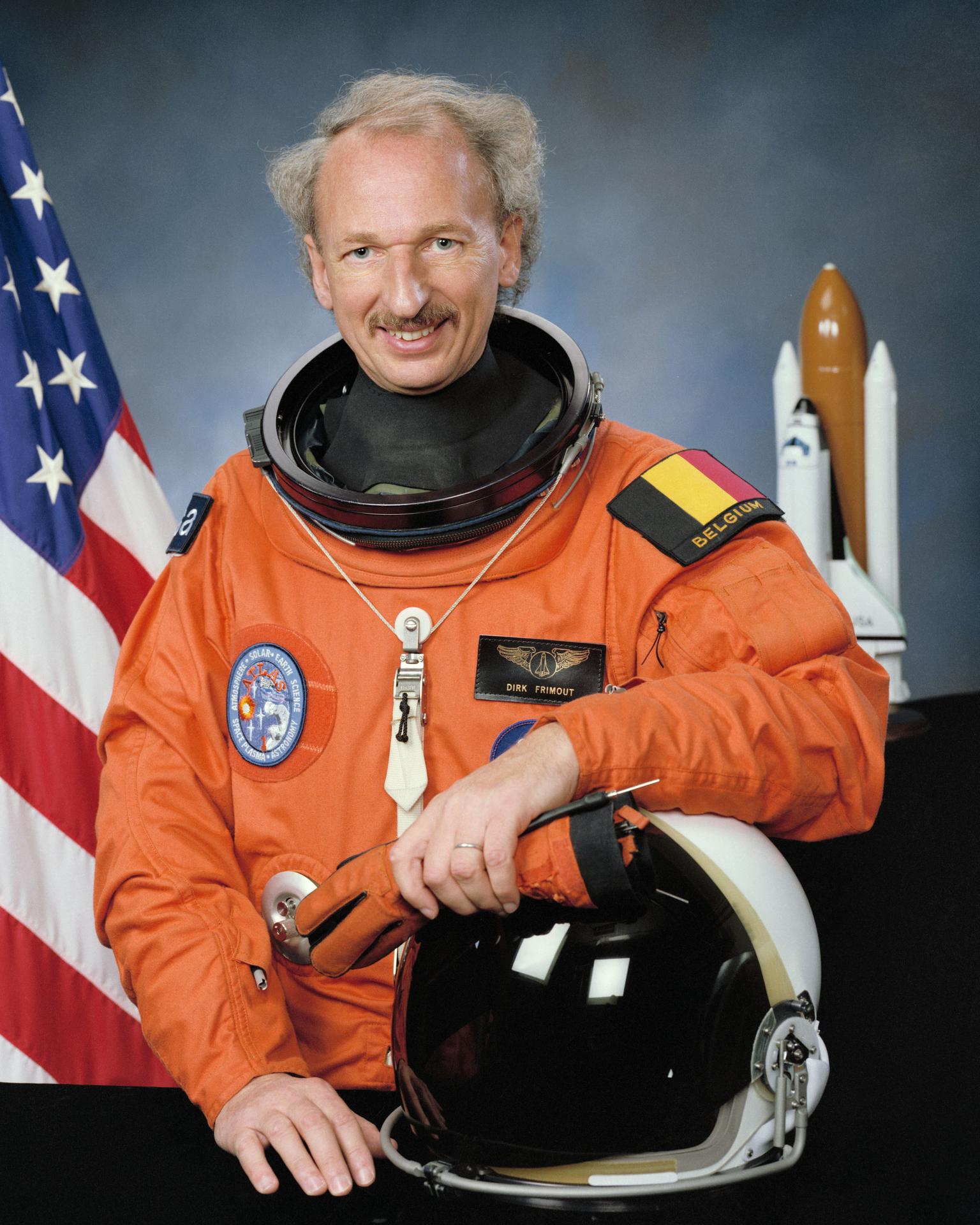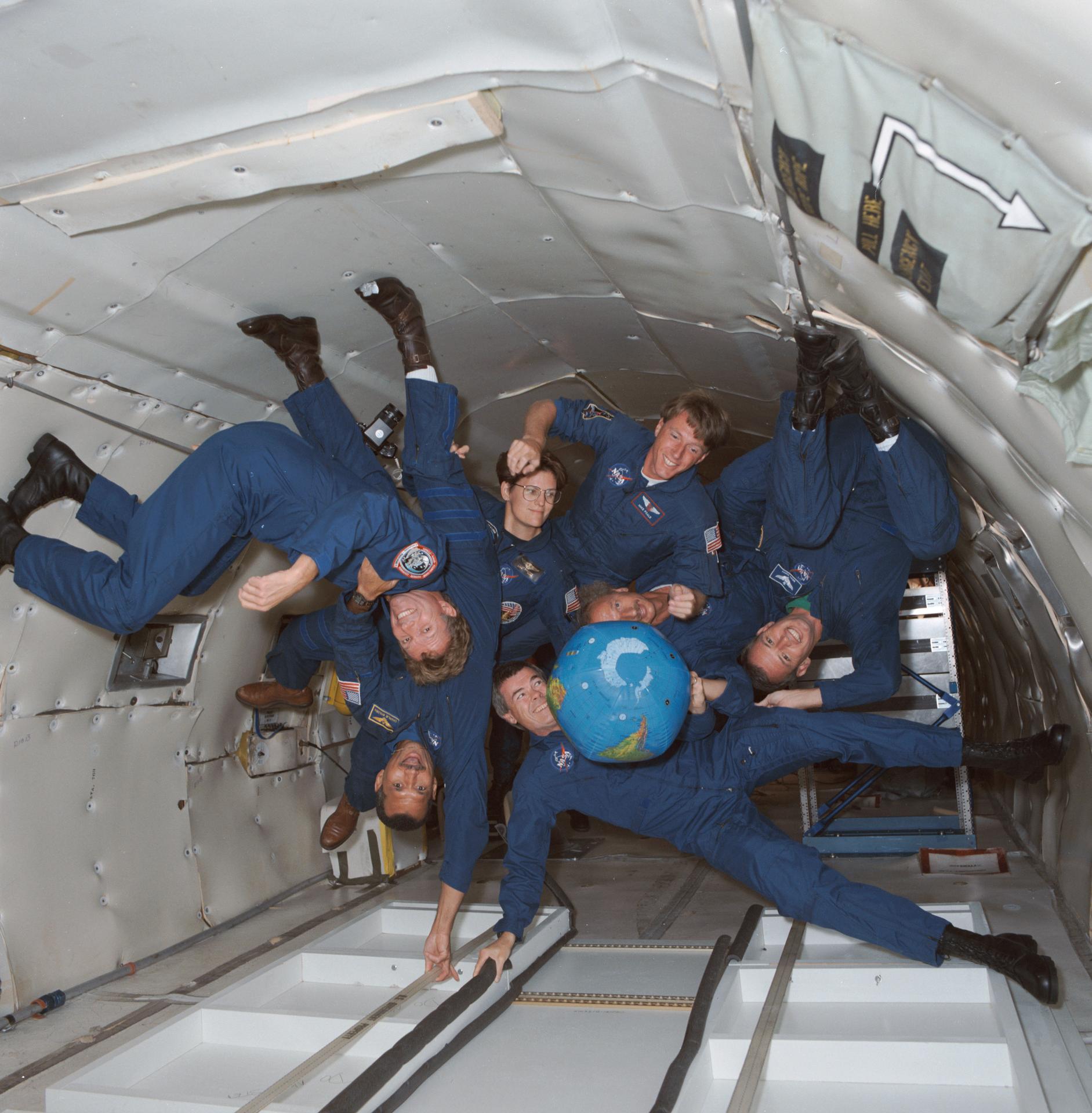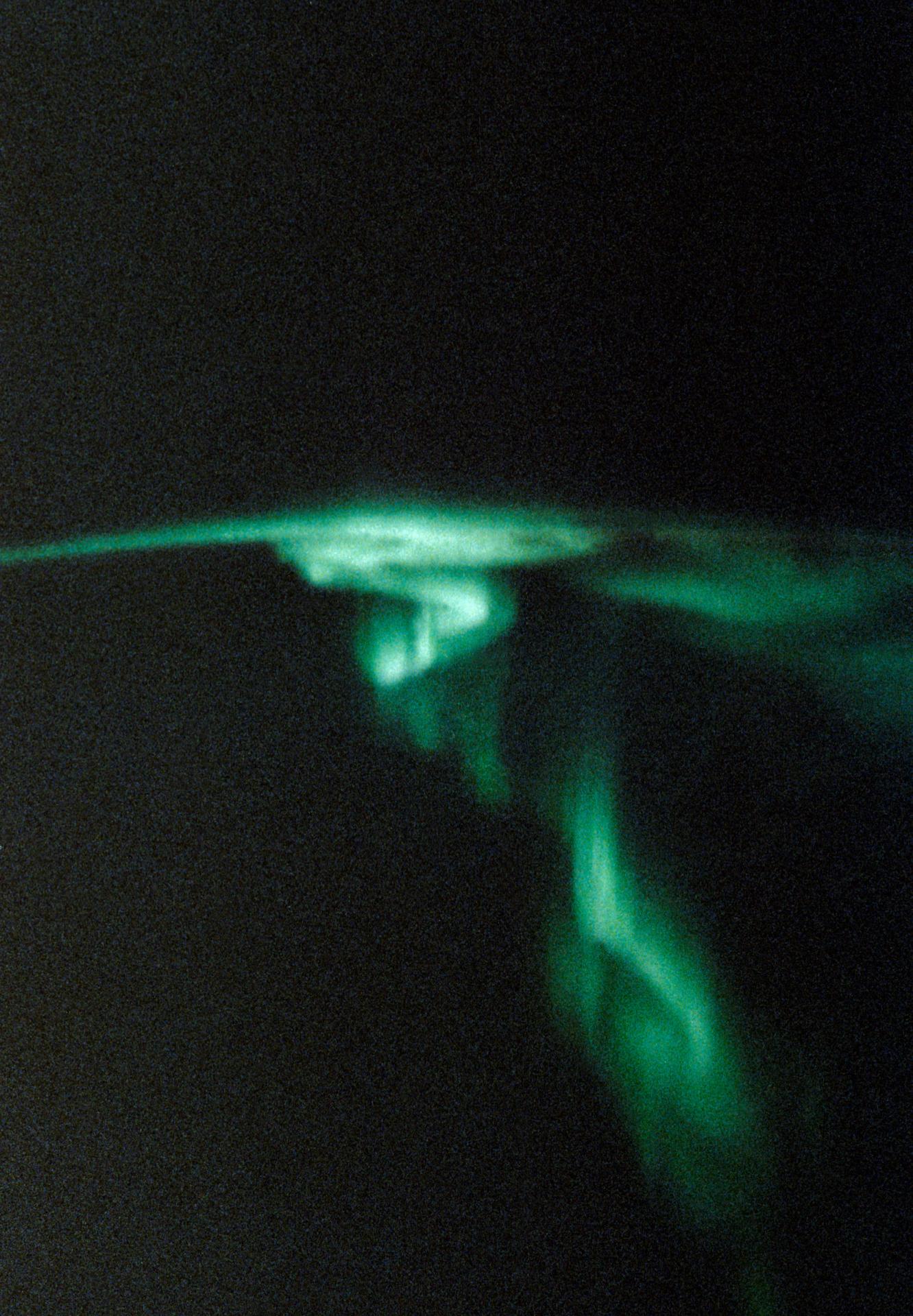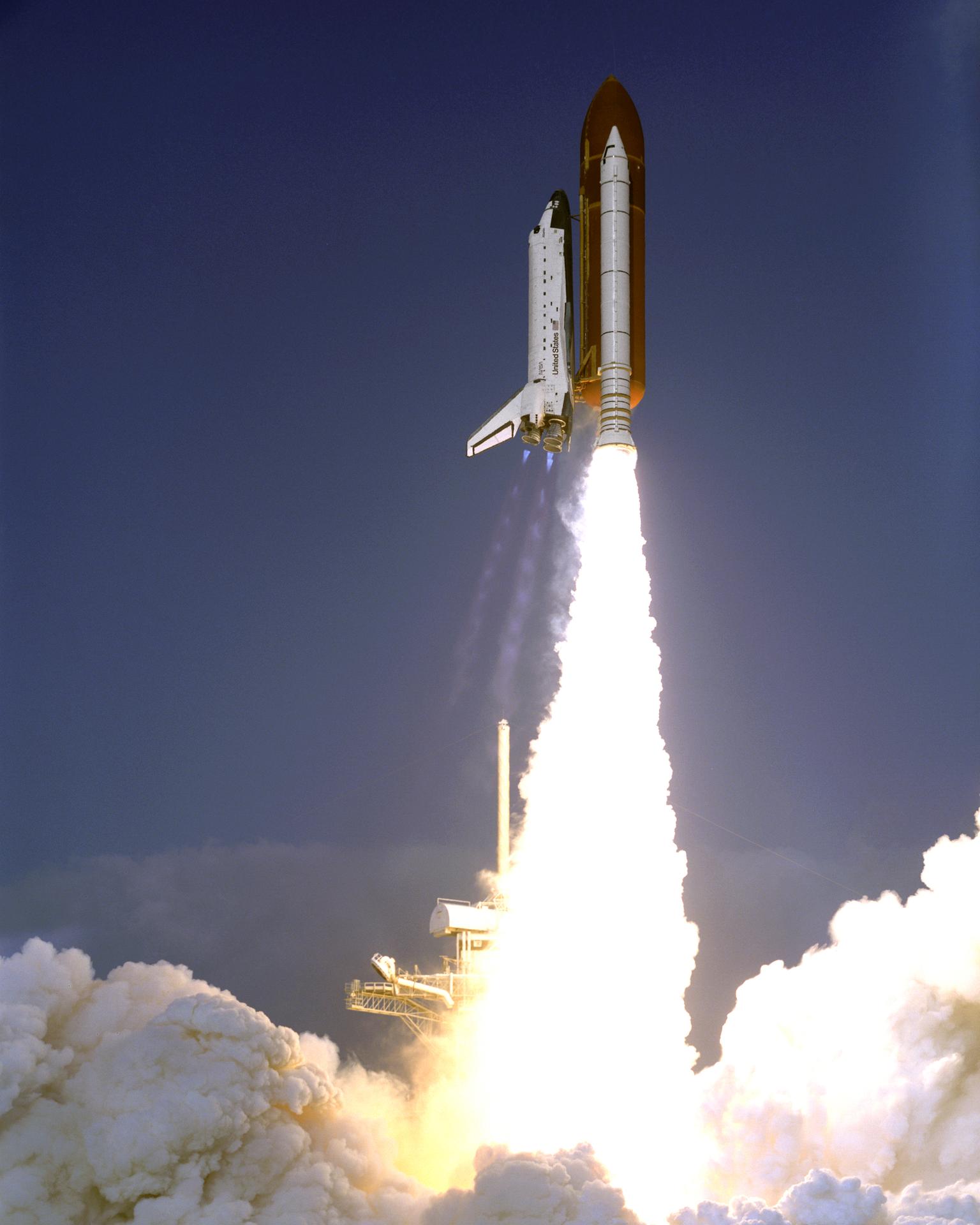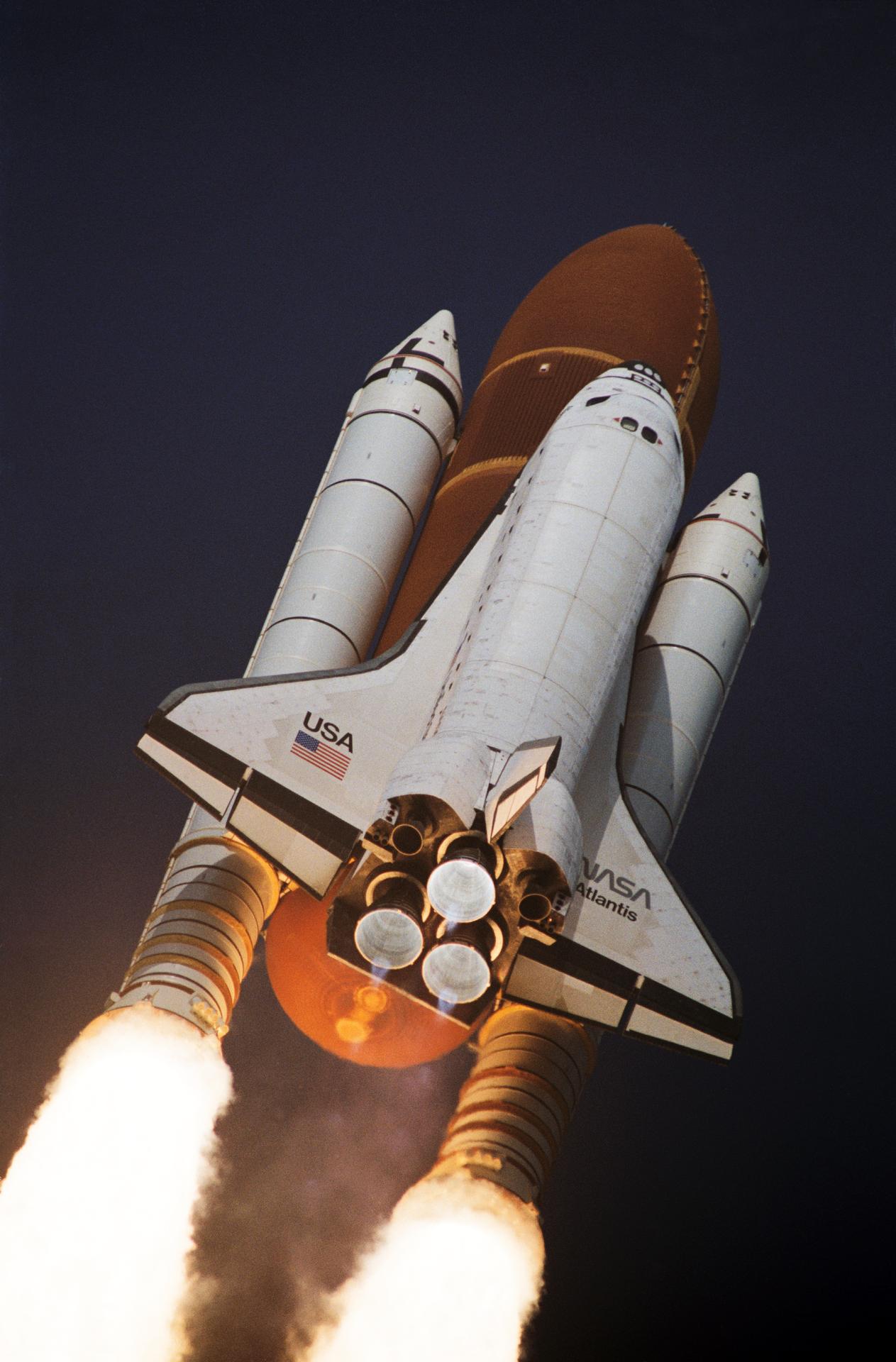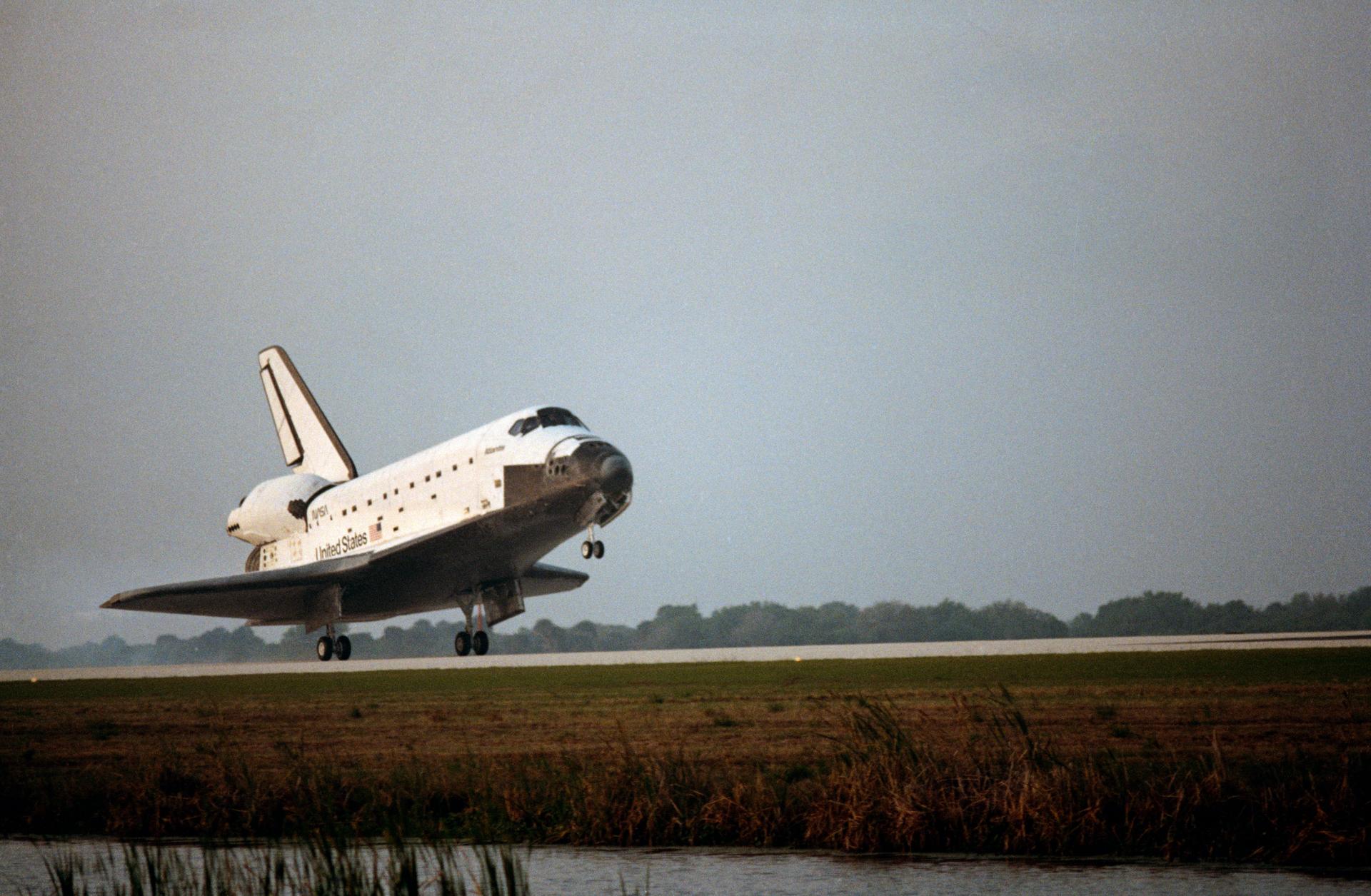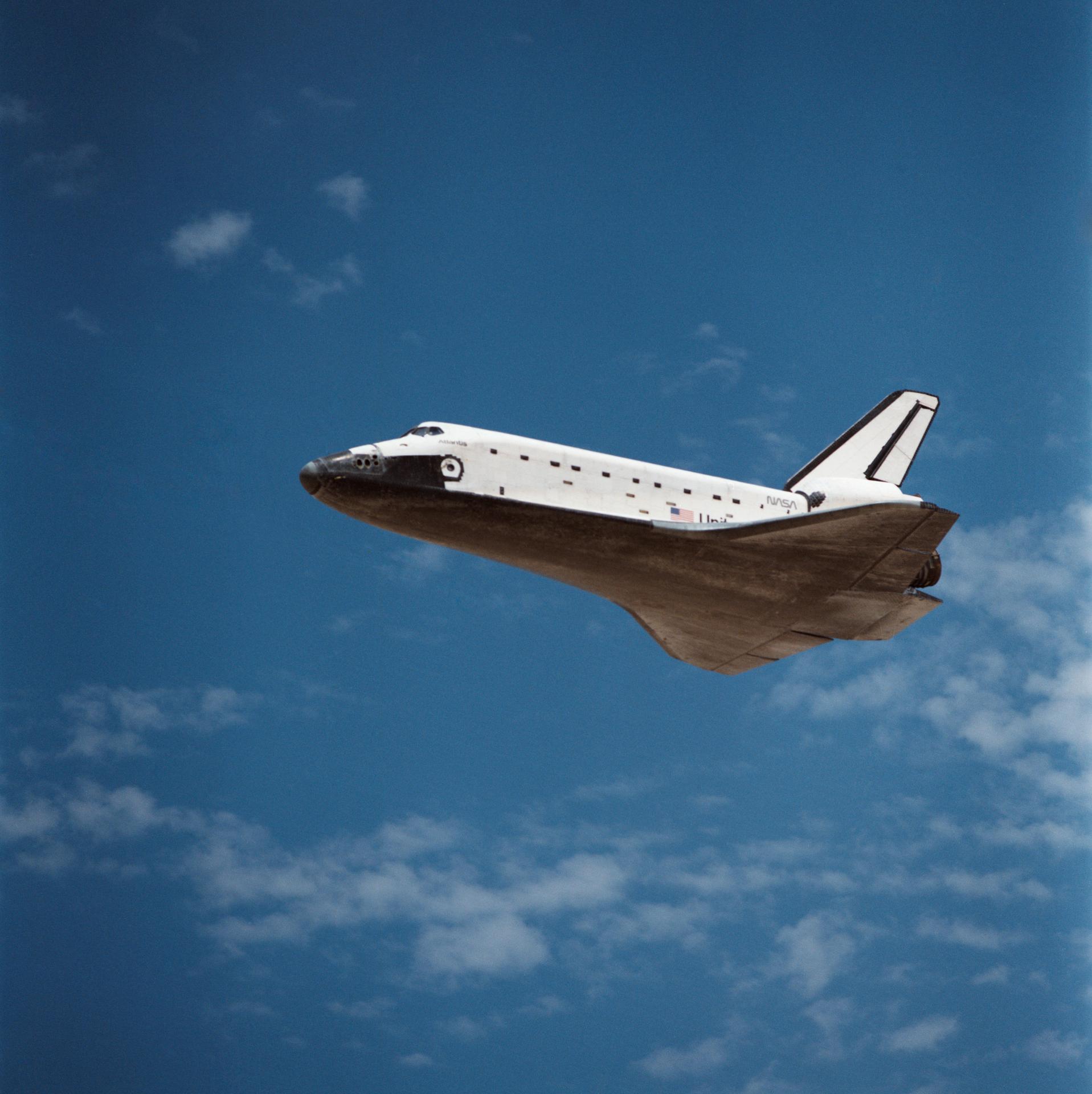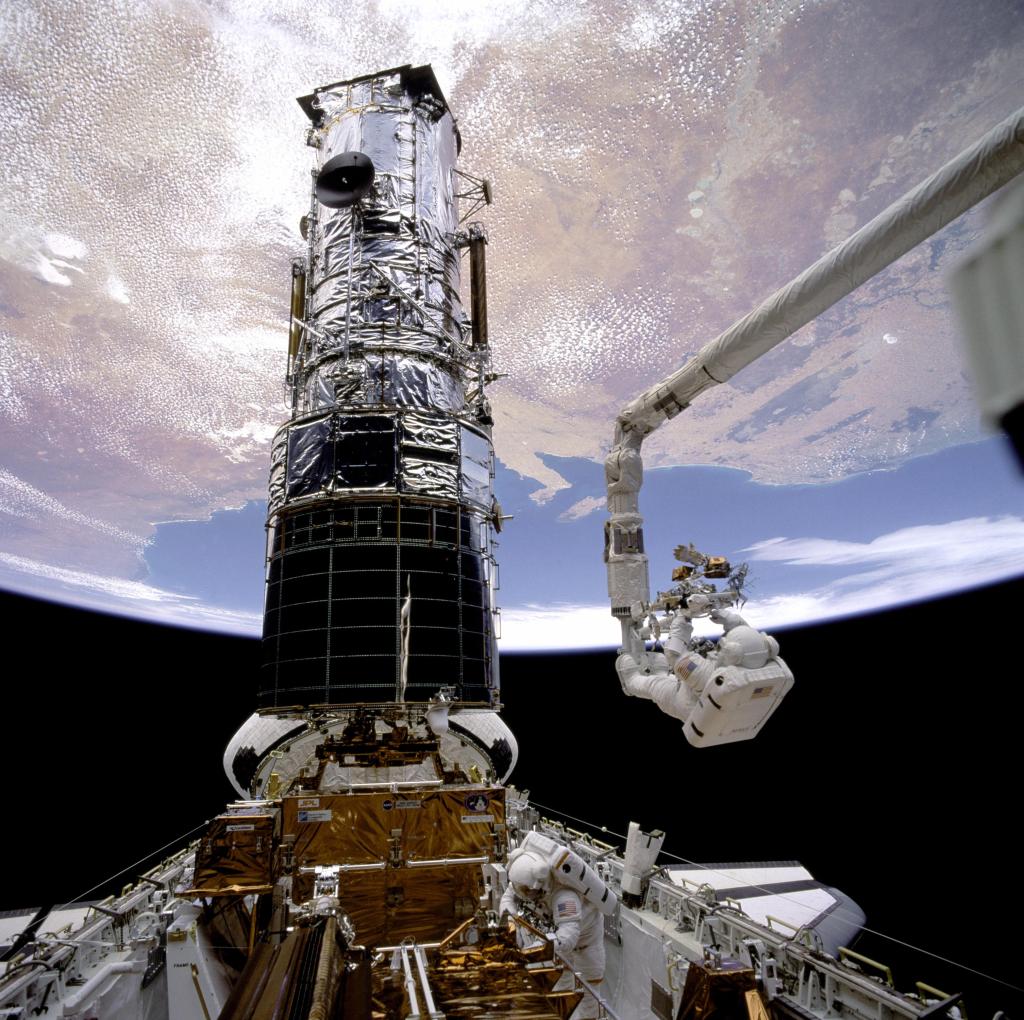STS-45

STS-45
The mission carried the first Atmospheric Laboratory for Applications and Science (ATLAS-1) on Spacelab pallets mounted in the orbiter's cargo bay. The non-deployable payload, equipped with 12 instruments from the U.S., France, Germany, Belgium, Switzerland, the Netherlands and Japan, conducted studies in atmospheric chemistry, solar radiation, space plasma physics and ultraviolet astronomy.
orbiter
mission duration
Launch
Landing
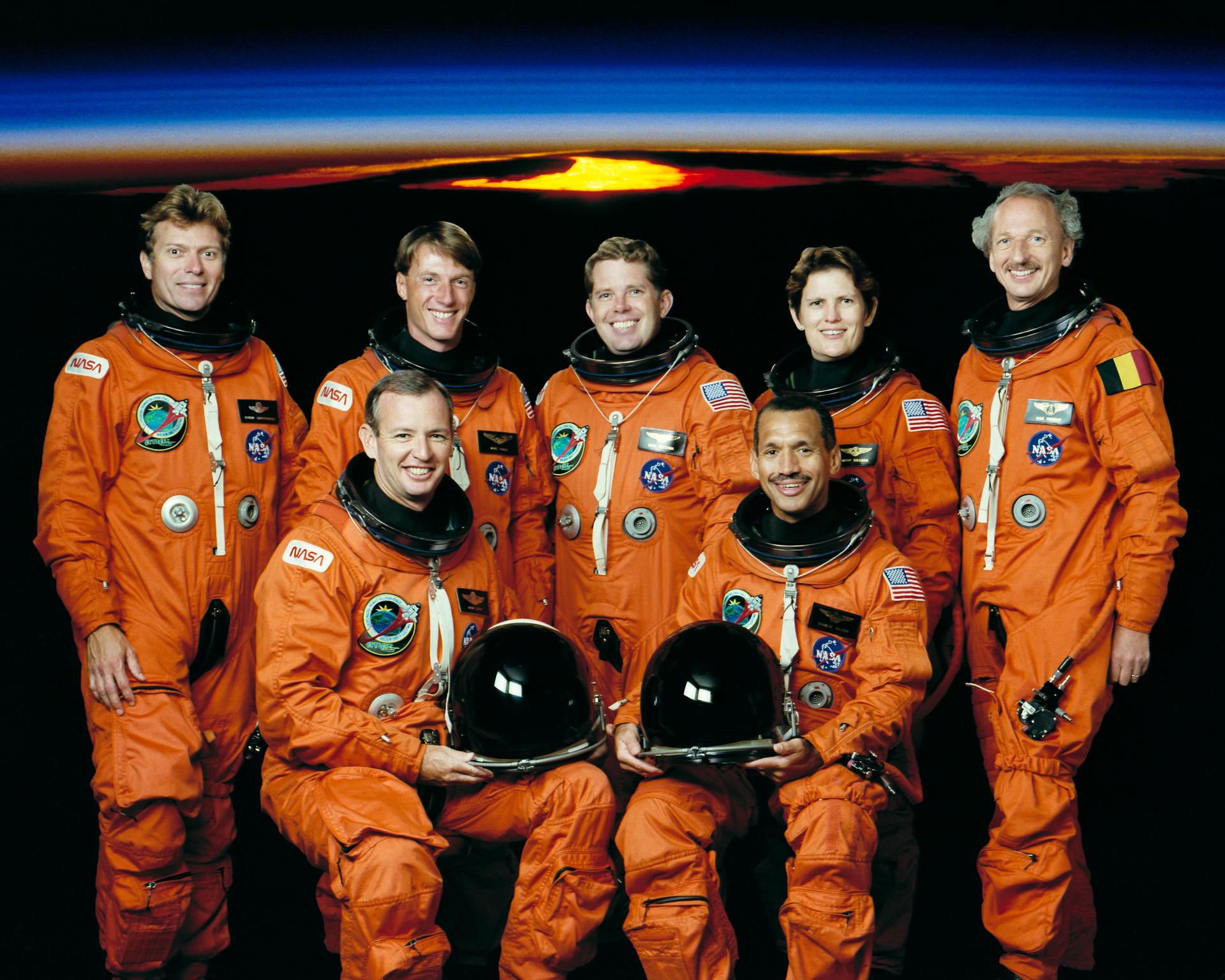
STS-45 Mission Facts
Mission: ATLAS-1
Space Shuttle: Atlantis
Launch Pad: 39A
Launch Weight: 233,650 pounds
Launched: March 24, 1992, 8:13 a.m. EST
Landing Site: Kennedy Space Center, Florida
Landing: April 2, 1992, 6:23 a.m. EST
Landing Weight: 205,042 pounds
Runway: 33
Rollout Distance: 9,227 feet
Rollout Time: 60 seconds
Revolution: 143
Mission Duration: 8 days, 22 hours, 9 minutes 28 seconds
Orbit Altitude: 160 nautical miles
Orbit Inclination: 57 degrees
Miles Traveled: 3.2 million
Crew
Charles F. Bolden Jr., Commander
Brian Duffy, Pilot
Kathryn D. Sullivan, Mission Specialist
David C. Leestma, Mission Specialist
C. Michael Foale, Mission Specialist
Byron K. Lichtenberg, Payload Specialist
Dirk D. Frimout, Payload Specialist
Launch Highlights
The launch was originally scheduled for March 23, but was delayed one day because of higher than allowable concentrations of liquid hydrogen and liquid oxygen in the orbiter’s aft compartment during tanking operations. During troubleshooting, the leaks could not be reproduced, leading engineers to believe that they were the result of plumbing in the main propulsion system not thermally conditioned to the super cold propellants. Launch was rescheduled for March 24.
Mission Highlights
The mission carried the first Atmospheric Laboratory for Applications and Science (ATLAS-1) on Spacelab pallets mounted in the orbiter’s cargo bay. The non-deployable payload, equipped with 12 instruments from the U.S., France, Germany, Belgium, Switzerland, the Netherlands and Japan, conducted studies in atmospheric chemistry, solar radiation, space plasma physics and ultraviolet astronomy. ATLAS-1 instruments were: Atmospheric Trace Molecule Spectroscopy (ATMOS); Grille Spectrometer; Millimeter Wave Atmospheric Sounder (MAS); Imaging Spectrometric Observatory (ISO); Atmospheric Lyman-Alpha Emissions (ALAE); Atmospheric Emissions Photometric Imager (AEPI); Space Experiments with Particle Accelerators (SEPAC); Active Cavity Radiometer (ACR); Measurement of Solar Constant (SOLCON); Solar Spectrum (SOLSPEC); Solar Ultraviolet Spectral Irradiance Monitor (SUSIM); and Far Ultraviolet Space Telescope (FAUST). Other payloads included Shuttle Solar Backscatter Ultraviolet (SSBUV) experiment, one get-away Special (GAS) experiment and six mid-deck experiments.
STS-45
Shuttle News
Retired Space Shuttle Locations
Shuttle Atlantis – Kennedy Space Center Visitor Complex Shuttle Discovery – Steven F. Udvar-Hazy Center Shuttle Endeavour – California Science…
Read the Story






























